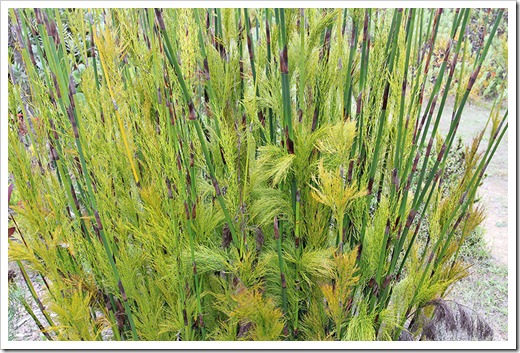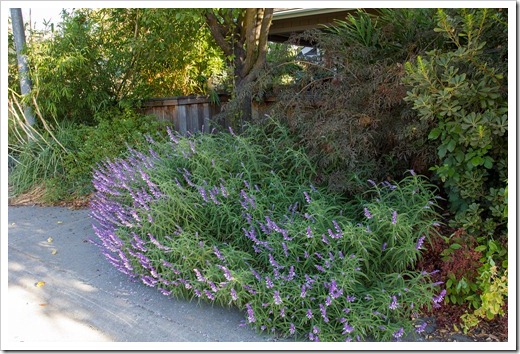Cleaning up for Halloween

The flagstone walkway to the front door has been getting narrower and narrower these past few years as I’ve been adding pot after pot of succulents. With Halloween upon us, my wife suggested I clear the walkway, not only to avoid damage to my plants but also to prevent bodily harm to the trick-or-treaters. These well-armed succulents could definitely cause a boo-boo or two While cleaning up is not my favorite chore, I had to agree with my wife so I did a blitz shuffle this morning.
















